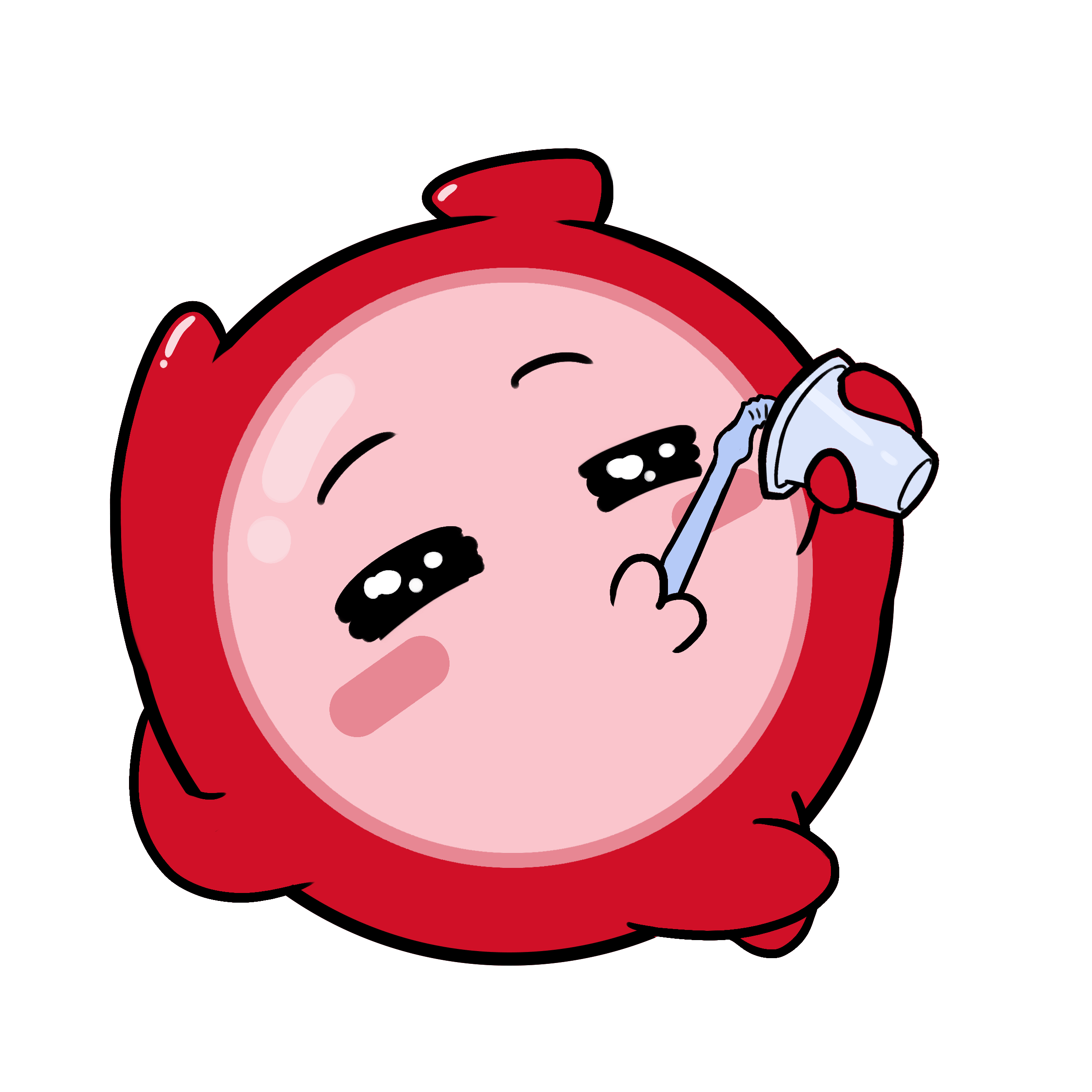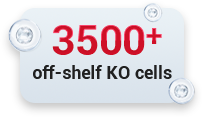SNP research needs point mutation cells -
Summary of 4 construction
methods | Ubigene

With the rapid development of NGS, more and more human single
nucleotide polymorphisms (SNP) have been proved to be closely related to some
human diseases. To study the pathogenesis or treatment of these SNP-related
diseases, it needs to use the related point mutation cell models. However,
it is not easy to construct point mutated cells. Choosing the right method can make
you get twice the result with half the effort. What are the construction
methods for point mutation cell lines? Let Ubigene share with you——
Most efficient method——Base editing
Principle description: The plasmids
expressing gRNA, dCas9/nCas9, and deaminase will be co-transfected into cells.
A single base of the gRNA target site will be replaced by deaminase without
double-strand breaks. It has the ability for efficient and accurate
gene-editing and can introduce point mutations in animal and plant cells, also
correct pathogenic point mutations. Among them, adenine base editor (ABE) can
enable A→G/T→C single base
conversion for the target site, and cytosine base editing (CBE) can enable C→T/G→A single base conversion for the target
site. At present, BE3 system (the third-generation base editor) is mainly used.
Application: It needs to be the
transformation for specific bases and appropriate gRNAs can be designed. It
fulfills the needs of disease treatment such as mutation correction.
Experimental workflow:
1. For the strategy
design, gRNAs need to be found near the point mutation site, so that the target
mutation site is within the editing window of the base editor, and there are no
other non-target mutations of the same base in the editing window. There is no
need to design the Donor.
2. The editing
system will be introduced into cells by using plasmids (dsDNA).
3. Electroporation
or liposome methods are used for cell transfection in most cases.
4. It is unable
to screen positive clones only by PCR. Generally, sequence alignment
(sequencing) will be needed.
Advantages: Gene-editing efficiency is
quite high, and single base mutation can be accurately realized. It will not
cause DNA double-strand breaks and reduce the occurrence of indel. It is safer
and can reduce the off-target rate.
Disadvantages: It can only realize the
conversion between specific single bases and cannot meet most scientific
research needs. It cannot be used if there are other non-target mutations with
the same base in the editing window. There are many restrictions on the
application.
Most mainstream method -
RNP method
Principle description: The gRNA and Cas9
protein form an RNP complex in vitro, which is then co-transfected with
single-stranded oligo into cells, and the recognition and cleavage of genomic
targets will be achieved by the RNP complex, followed by homologous
recombination repair using single-stranded oligo as a template to achieve the
purpose of gene point mutation.
Experimental workflow:
1. For the strategy
design, gRNA with high specificity and cutting efficiency need to be found
within 20bp upstream and downstream of the target mutation site. The
single-stranded oligo template doesn’t have to be too long, a length of about
120nt is sufficient.
2. sgRNA and
Cas9 protein will be treated as the vector.
3. Electroporation
or liposome methods are used for cell transfection in most cases.
4. It is unable
to screen positive clones only by PCR. Generally, sequence alignment
(sequencing) will be needed.
Having troubles in strategy
design? Click here to enter Red Cotton™ Gene
Point Mutation Strategy Design System
Advantages: Wide applicability, high
editing efficiency, simple process, and short experiment turnaround.
Disadvantages: There are some spatial
limitations associated with the need to select gRNAs near the target mutations;
RNA is easily degraded and highly demanding for operation.
Breakthrough of the
limitations of the RNP method - Plasmid resistance method
Principle description: The plasmid
expressing gRNA and Cas9 together with the Donor plasmid will be co-transfected
into cells. Within the Donor plasmid, a resistance gene expression cassette with
LoxP recombination sites at both ends will be constructed between the two
homology arms, and the target point mutations will be introduced by homology
arms. After transfection, cells without successful recombination will not
survive after antibiotic screening and the possibility of obtaining positive
clones will increase. And after the positive clones are successfully screened,
a plasmid expressing Cre recombinase will be transfected into the cells to
delete the resistance gene then the cell model construction is completed.
Application: Applicable for some point
mutations where the RNP method cannot design the gRNAs.
Experimental workflow:
1. For the strategy
design, gRNA are usually designed at the intron near the mutation sites, and
the left and right homology arms will be designed centered on the cutting site
with a length of about 600-1000bp.
2. gRNA, Cas9
and Donor will be delivered via plasmids (single-stranded DNA).
3. Electroporation
or liposome methods are used for cell transfection in most cases.
4. The
positive clones can be preliminarily screened by PCR, then further confirm by
sequencing (sequence alignment).
Advantages: Less limitation by the
location of the target mutations; Cell screening by antibiotics can increase
the possibility to obtain positive clones.
Disadvantages: Complicated process, long
experimental turnaround; After the deletion of the resistance gene, LoxP sites
remain at the intron.
Breakthrough method for
difficult-to-transfect cell lines - AAV-Donor method
Principle description: Using AAV as a
vector to deliver the Donor template for homologous repair, the AAV genome is
free DNA single strand and can remain in the cell for a relatively long time,
which can greatly improve homologous recombination efficiency.
Application: Applicable for some cell
lines which have difficulty in transfections, especially the suspension cell
lines.
Experimental workflow:
1. For the strategy
design, gRNAs need to be found within 50bp upstream and downstream of the
target mutation site, and the left and right homology arms will be designed
centered on the cutting site with a length of about 600-800bp.
2. Generally,
Cas9 will be stably expressed in the cell lines using lentivirus method, and sgRNA
and Donor will be constructed on the AAV plasmid.
3. AAV method
is mainly used for cell infection (delivering sgRNA and Donor) and lentivirus
method can be used as the helper (delivering Cas9).
4. Generally,
the AAV plasmid does not carry the resistance gene, so it is unable to screen
positive clones only by PCR and sequence alignment (sequencing) will be needed.
Advantages: AAV is a single-stranded DNA
virus, free in the cells as a template which enables high recombination efficiency. Applicable for
difficult-to-transfect cell lines such as suspension cell lines. AAV has a
relatively high safety profile in clinical applications, so in terms of disease
therapy, the future is promising.
Disadvantages: Long
turnaround and high cost for AAV packaging. Different
cell lines need different serotypes for the AAV, so the feasible serotype needs
to be tested with long turnaround and high cost.
Overall, Base editing method has the most efficiency and relatively
easy process, but the threshold is also relatively high. If the design
requirements of base editing method cannot be met, it is usually the case to
choose the RNP method; If appropriate gRNAs near the mutation site
cannot be found as per the strategy design principle of the RNP method, the plasmid
resistance method can be considered to expand the selection range of gRNAs.
For suspension cells that are difficult to transfect, the AAV method can
also be chosen to address transfection problems and increase recombination
efficiency.
So what if every
researcher chooses the same system/method, will the chance to get the point
mutated cell lines be the same for everyone? In fact, the whole experimental
route can be optimized in many details, e.g. introducing synonymous mutations
into the PAM structure can prevent re-cutting; Using the Cas9 stable expression
cell line to construct point mutated cell lines can enhance transfection
efficiency; Or adjusting the homology arm length and GC content, as well as
adding reagents that inhibit the NHEJ repair pathway after transfection and
incresing the homologous recombination efficiency can also help boost the point
mutation efficiency. And to perform well optimization on these experimental
phases, it requires continuous experiments and certain experience.
Want to “Lying Flat” - Tired to go
through the complicated experimental process of point mutation cell line
construction? Let Ubigene help you!
With success point mutation experience
for over 200 mammalian cells, Ubigene is offering promotional price for point mutation
cell line services if using 5 popular tumour cell lines (A549/HepG2/HCT116/HeLa/4T1),
starting from 8480 USD. Come and check more details about the service and the
current promotion >>
Recommendation for our Hot-sale
Products:
Cas9 Stable Expression Cell Line
>>Stably express Cas9 protein, achieve point
mutation by transfecting into the gRNA and Donor
 Subscribe Us
Subscribe Us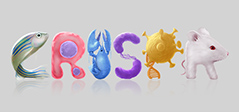 Gene Editing Services
Gene Editing Services
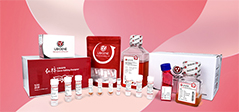 EZ-editor™
EZ-editor™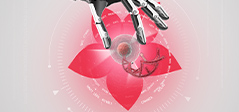 Red Cotton Gene knockout Project
Red Cotton Gene knockout Project








